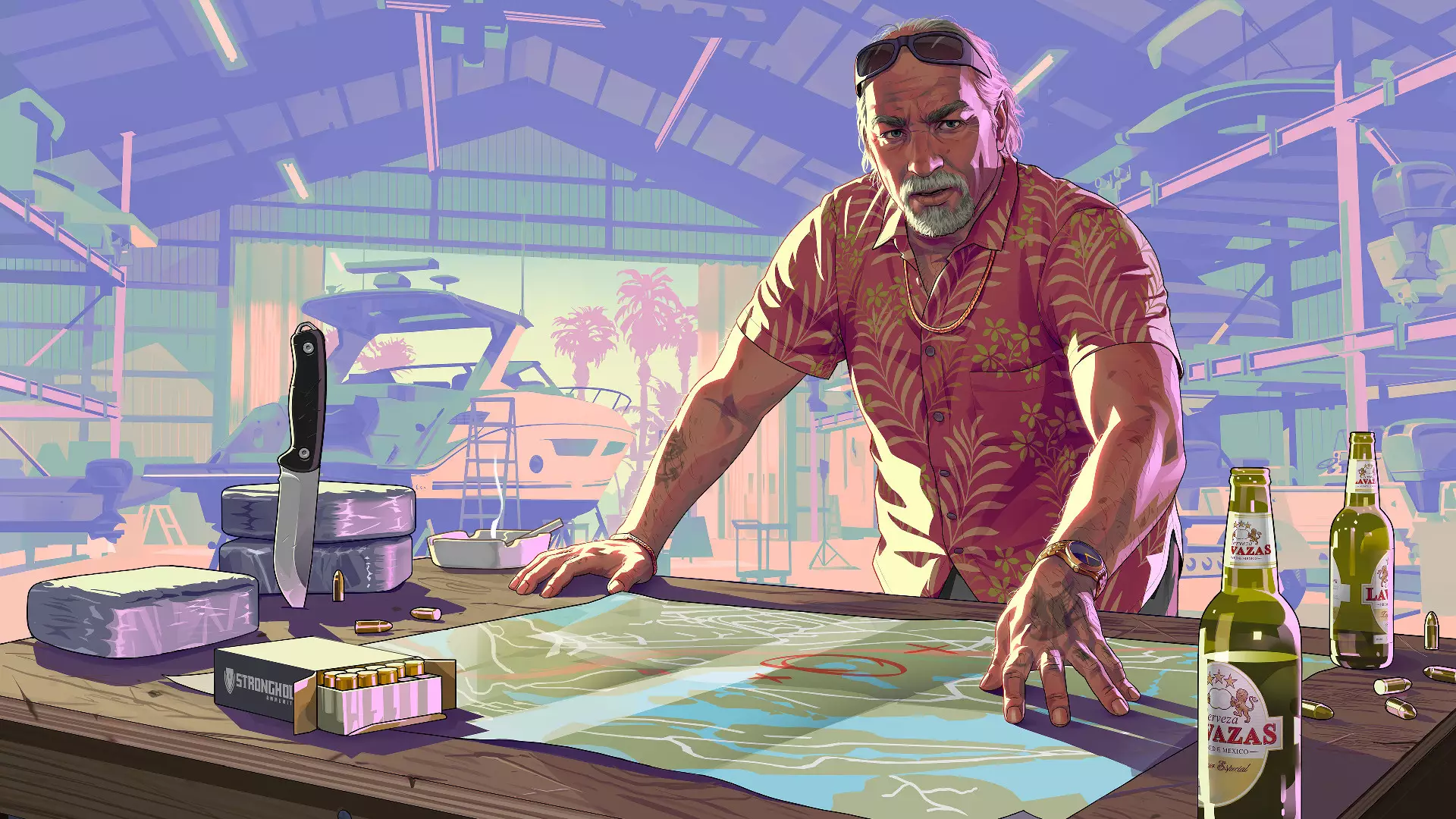The anticipation surrounding Grand Theft Auto 6 is nothing short of monumental. Market analysts universally agree that this game is poised to redefine the gaming landscape — not only due to its groundbreaking content but also through its strategic pricing model. As industry insiders speculate, GTA 6 may set a new standard with a hefty price tag, possibly even reaching the unprecedented $100 mark. This shift signals a broader transformation in how AAA titles are perceived and consumed, challenging the long-standing norms of affordability in gaming. Rockstar Games, renowned for its blockbuster hits, stands to profit immensely if such expectations materialize, but at what potential cost to consumers and the industry’s future?
The Economics Behind the Price Tag
To comprehend the implications of a $100 price point, one must consider the staggering financial input invested into GTA 6. Estimates suggest development costs could skyrocket beyond $1.5 billion, factoring in expensive talent, cutting-edge technology, and extensive marketing campaigns. Such figures dwarf previous budgets and reflect a new era of blockbuster game production, comparable to Hollywood movie productions. When combined with marketing expenses aimed at ensuring global hype, Rockstar likely views this as an investment that demands a premium price for adequate ROI.
Moreover, industry analysts like Michael Pachter anticipate that GTA 6’s potential to generate $10 billion over its lifetime highlights why publishers might consider such a strategy. A higher upfront cost could, from their perspective, be justified by the game’s massive profit margin over years. The logic hinges on the assumption that dedicated fans will accept paying more upfront to access the most awaited game of our era, potentially establishing a new pricing precedent for the industry.
The Moral and Market Dilemmas of Premium Pricing
However, instituting a $100 price point raises significant questions about consumer fairness and market sustainability. The gaming community has historically been sensitive to price hikes, especially when they appear disconnected from value. Even in a landscape where collector editions and special bundles regularly surpass $80, a baseline game cost of $100 feels like a monumental jump that many players may resist. The industry’s trend toward offering smaller, more affordable indie titles juxtaposes sharply with the idea of paying quadruple the traditional price for a AAA blockbuster.
This disconnect suggests that Rockstar likely envisions a multi-tiered approach—perhaps including more affordable versions, digital editions, or bundled packages—though fans’ skepticism remains high. The practicality of a $100 tag also hinges on whether players perceive this as justified by the quality and scope of the game. For many, the potential for technological breakthrough and expansive content may justify the expense, but for others, it risks alienating a sizeable segment of gamers who see gaming as a hobby that should not break the bank.
The Industry’s Broader Shift Towards Premium Content
The notion of a $100 price point also symbolizes a fundamental shift in the industry’s valuation of games. Historically, titles were priced at $60, then gradually increased to $70, reflecting inflation and increased content. Now, with AAA titles like GTA expanding into multi-platform universes and multimedia franchises, developers are testing the boundaries of what consumers are willing to pay. The resurgence of collector editions, which frequently cost upwards of $150, indicates a consumer base willing to pay a premium for exclusivity and enhanced experiences.
Yet, the broader industry trend is also characterized by a push for more accessible and diverse gaming options — from free-to-play models to subscription services. The potential $100 price for GTA 6 might be viewed as an anomaly, a sign that publishers are gambling on loyalty from hardcore fans willing to shell out for the ultimate experience. This gamble may pay off in riches for Rockstar, but it also risks setting a dangerous precedent where only the wealthiest players can access top-tier content, exacerbating inequalities within gaming communities.
In the end, the possibility of GTA 6 costing $100 represents more than just a pricing decision; it signals a seismic shift in how we perceive value in gaming. While Rockstar has historically demonstrated a keen understanding of its audience, the financial logic fueling such a price hike pushes the limits of what consumers are willing and able to accept. The industry’s evolution appears to be hurtling toward a tiered pricing model where blockbuster titles are reserved for a niche of wealthy enthusiasts, while the majority of players seek more affordable options. Whether this strategy democratizes or alienates the gaming community remains to be seen, but one thing is clear: the landscape of gaming economics is changing, and GTA 6 is at the forefront of this bold new era.

